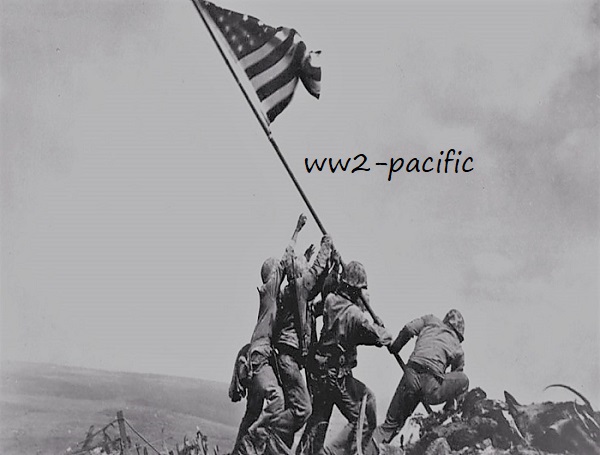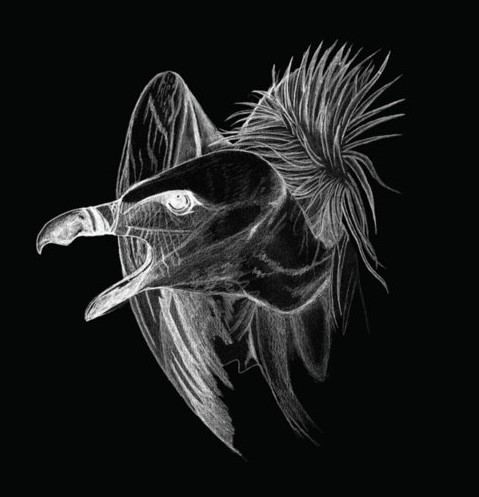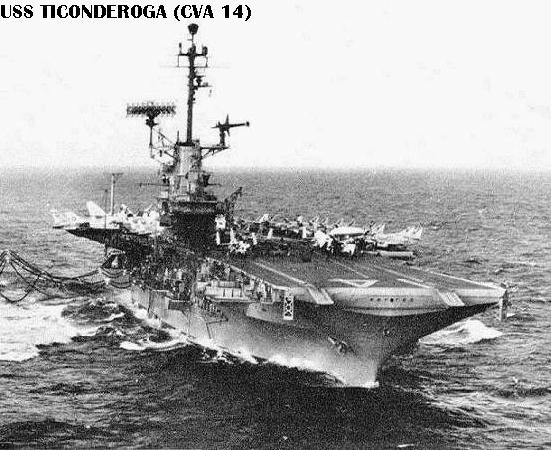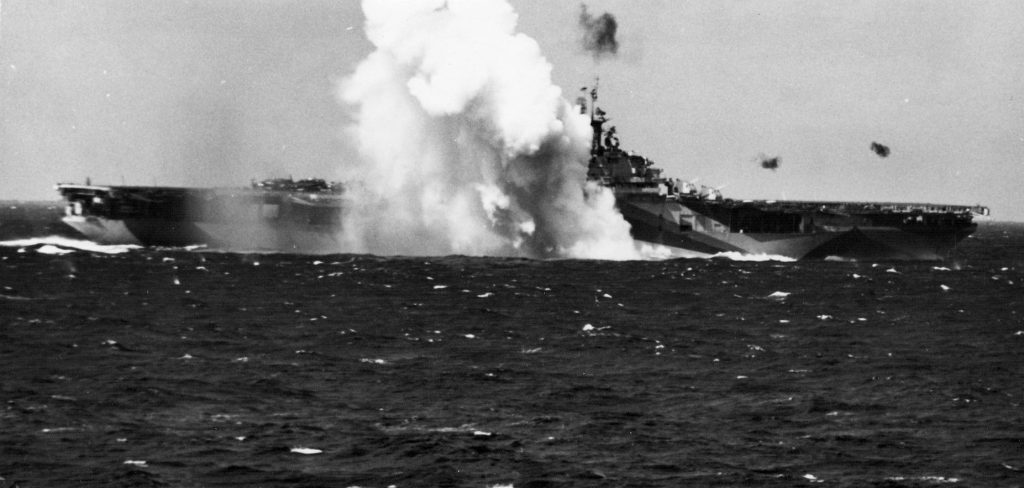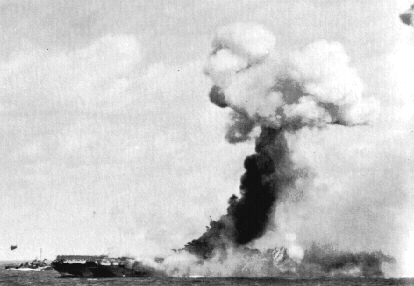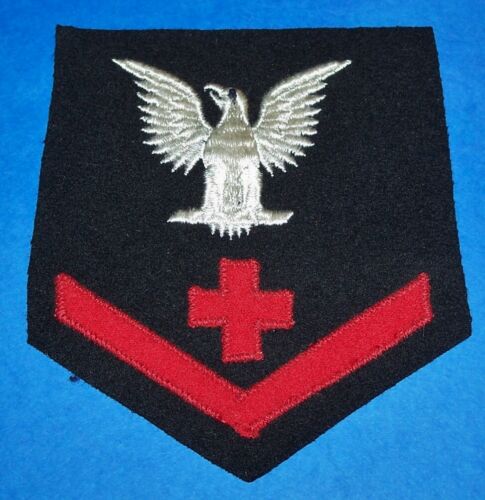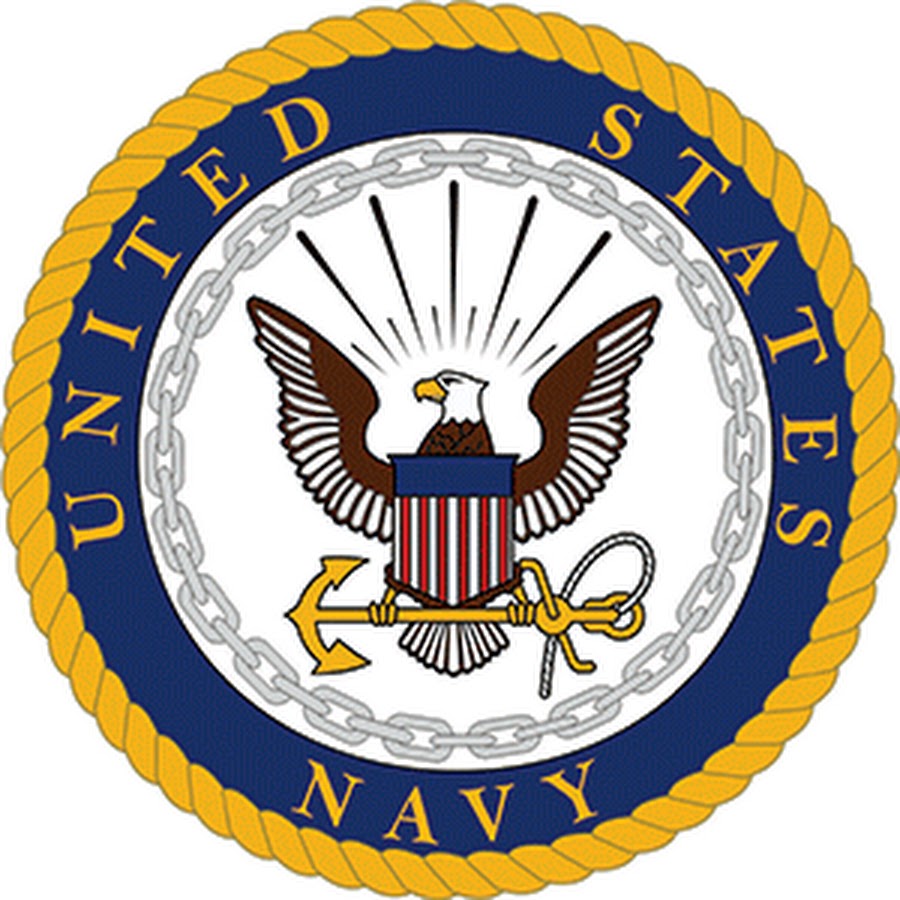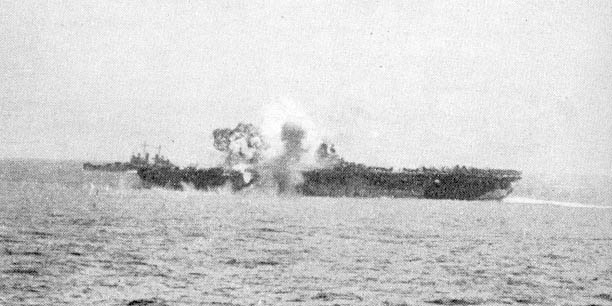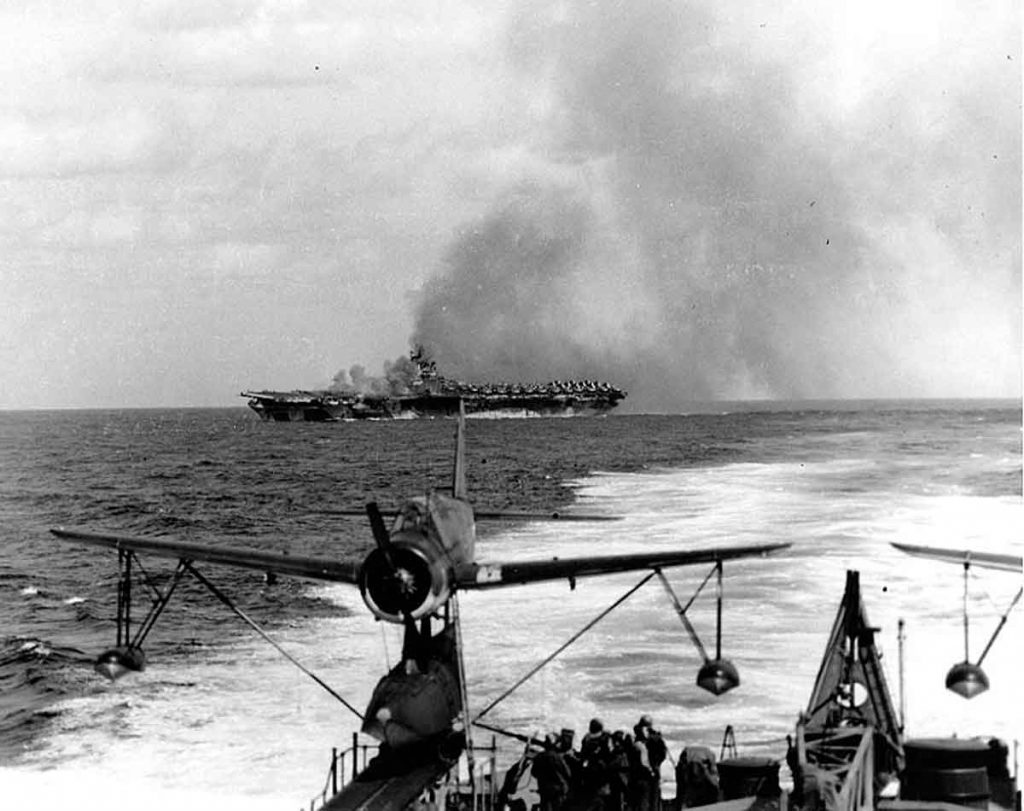Rank and Name, Pharmacist’s Mate Third Class George Junior Arnett.
Unit/Placed in, USS Ticonderoga (Cv-14) Carrier, United States Navy.
George is born approx. on June 27, 1925 in Guage, Kentucky.
Father, George Arnett.
Mother, Catherine Arnett.
Sister(s), Eliza, Gladys, Hazel and Euna Arnett.
Brother(s), Hearld, Earl, Raymond, Elan and Ray Arnett.
George enlisted the service in Kentucky with service number # 8559341.
George was KIA when a Kamikaze attacked the USS Ticonderoga near Formosa, (present Taiwan) , on Jan. 21, 1945, he is honored with a Purple Heart, Navy Cross, Combat Action Ribbon, Good Conduct Medal, Expeditionary Medal, American Campaign Medal, Navy & Marine Presidential Unit Citation, Asiatic-Pacific Campaign Medal, WW II Victory Medal.
George is buried/mentioned at Manila American Cemetery and Memorial Manila, Metro Manila, National Capital Region, Philippines.
Walls of the missing.
Thanks to, http://www.navysite.de/cv/cv14.htm
Jean Louis Vijgen, WW2-Pacific Website.
Air Force Info, Rolland Swank.
ABMC Website, https://abmc.gov
Navy Info, http://navylog.navymemorial.org
POW Info, http://www.mansell.com Dwight Rider and Wes injerd.
Family Info, https://www.familysearch.org
Marines Info, https://missingmarines.com/ Geoffrey Roecker
Info, https://www.pacificwrecks.com/
Medals Info, https://www.honorstates.org
Philippine Info, http://www.philippine-scouts.org/
Find a Grave, https://www.findagrave.com
The President of the United States takes pride in presenting the Navy Cross (Posthumously) to George Junior Arnett, Pharmacist’s Mate Third Class, U.S. Navy (Reserve), for extraordinary heroism and conspicuous devotion to duty in operations against the enemy while serving as a Pharmacist’s Mate on board the U.S. Navy Aircraft Carrier U.S.S. TICONDEROGA (CV-14), during enemy air attacks on 21 January 1945. Pharmacist’s Mate Third Class Arnett made many trips into smoke-filled compartments to rescue men who had been overcome with smoke. This was done with complete disregard for his own personal safety and without benefit of a rescue breathing apparatus. Each man brought by him was revived. On the last trip he himself was overcome and could never be revived. His actions were at all times inspiring and were in keeping with the highest traditions of the United States Naval Service, in that he gave his own life in saving the lives of several of his shipmates.
